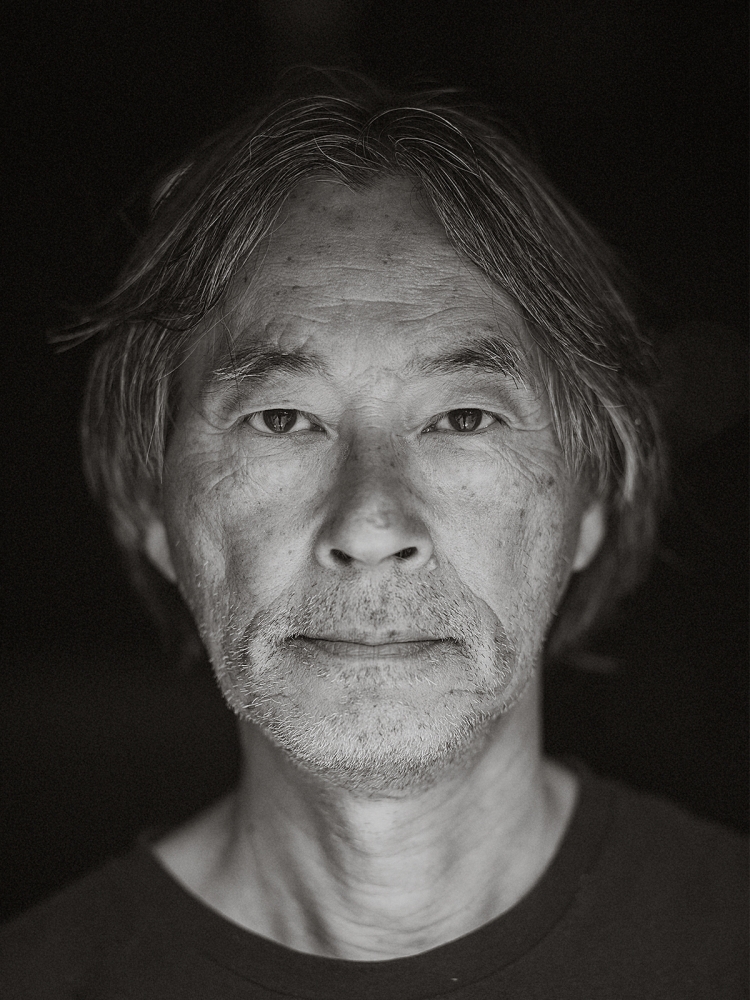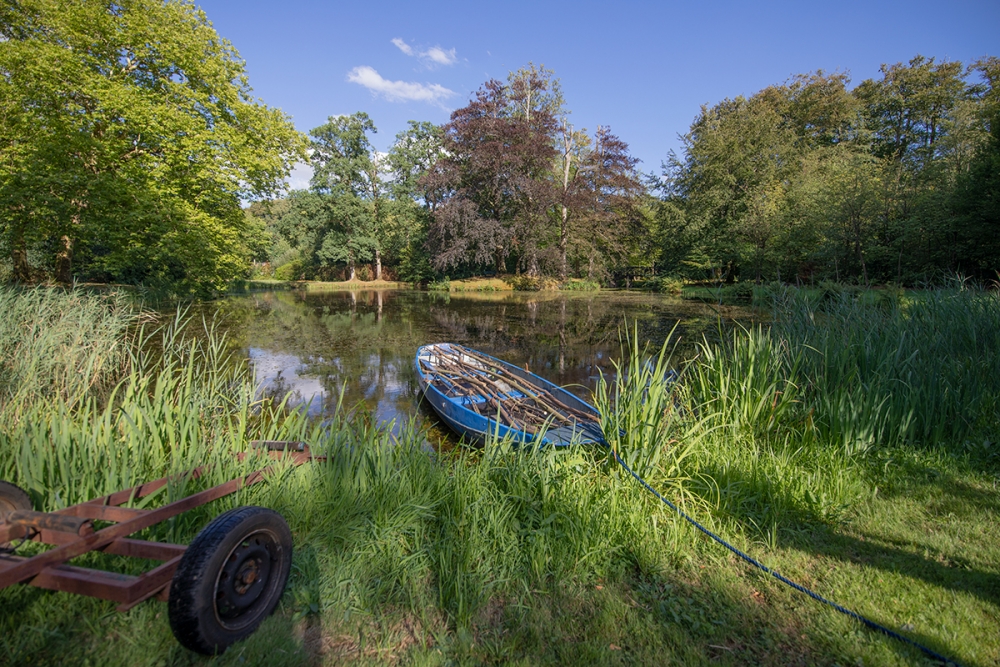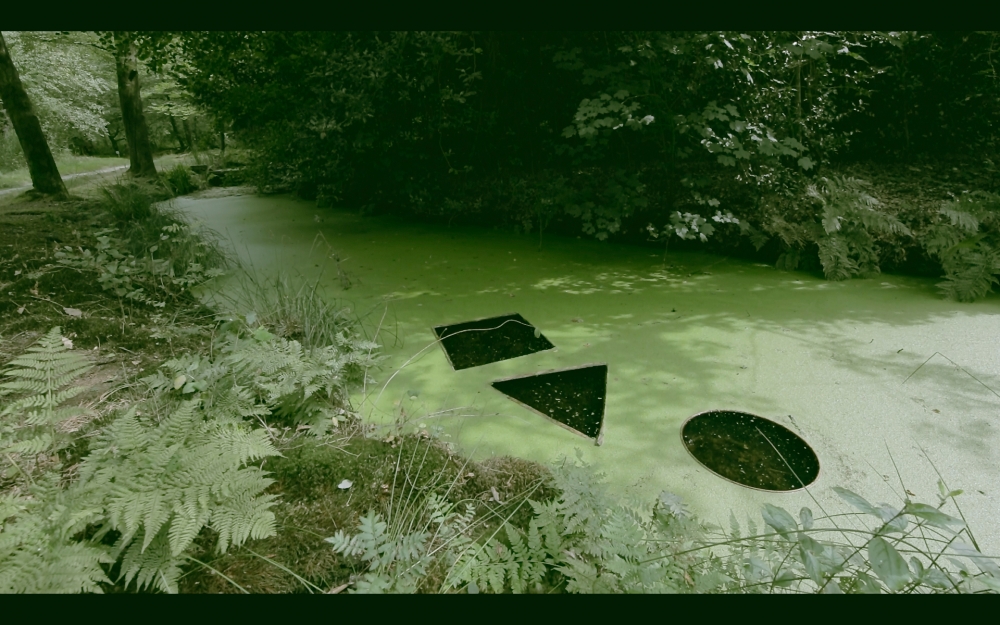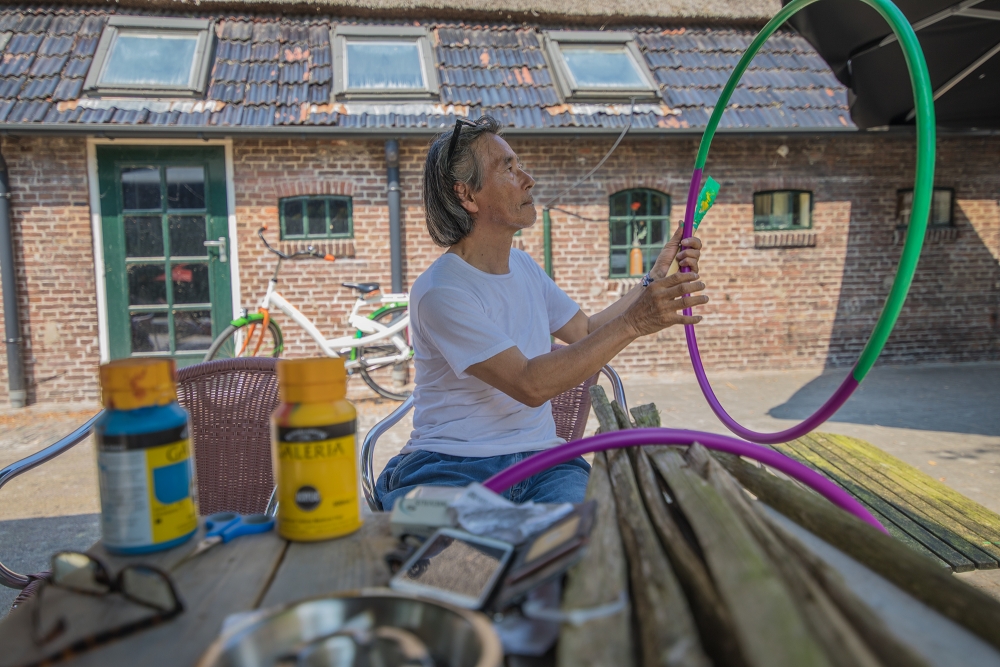Column
ColumnArt Is Realization
I believe there is a kernel of sensibility present in the world, in ordinary, commonplace scenes. There are moments when we can sense an awareness of its presence. I think that it is by encountering these moments that we are able to discover things we have never seen or experienced before. I believe these discoveries have the power to change how we see ourselves, see others and see the world. I think this is a first step in realization. What we artists do is to represent these realizations and try to create something to lead viewers to these empirical understandings (realizations). Saying which, each time I produce work I experience a realization of sensibility.
One thing important to me whenever I produce work is to read the ambience of the place – to begin, that is, a dialog with the place. Underlying my expression is my thinking on the coexistence of Man and Nature. Awareness may be a better way to put it, rather than thinking. Works of “land art” or “nature art” duly raise the theme of coexistence of Man and Nature. When the artist uses an unremarkable pebble or deadwood to produce work, the deadwood is bestowed awareness and takes on a new presence. It becomes possible to create new relationships of coexistence between Man and Nature, and one generates a space of coexistence. Let us call this space of coexistence one factor on a path to empirical understanding through land art.
At Artcamp Tytsjerk I was guided to a pond in the verdant park Vijversburg. I was drawn by the quiet energy emitted from this pond. Duckweed was breeding all across its surface, and I had the sense of something strongly moved within me. And so I embarked on my dialog (production) of realization with this pond.
copyright: Mad Paule
Previously, at an exhibition in Estonia I happened upon a pond covered in a similar duckweed and deployed a work there. At that time I made representations of the scene both with duckweed present and with it absent, and made an installation shining light through the surface with the duckweed removed. I thought that this time I would like to express the meaning of the light shining through the surface of the water. And this took form in an intuitive interpretation of Zen, the Buddhist teaching that for us Japanese is inseparable.
There are six teachings central to Zen, called the Six Paramitas, and I would like to say a bit about them here.
- Fuse, charity – Fuse is about giving. Not only money and objects, but also feelings, gratitude and other things not seen with the eye. It is not giving that is the objective: what is important is motivation to give.
- Jikai, precepts – Jikai is about maintaining order and observing the precepts.
- Ninjoku, humility – Ninjoku is not to bear affliction, but refers to the practice of accepting things as they are so that affliction is no longer affliction.
- Shoujin, energy – Shoujin is about making your best effort, giving your all.
- Zenjou, meditation – Zenjou is about retaining a tranquil state of mind in any circumstance.
- Chie, wisdom – “a totalistic intuition of something that transcends all our particularized, specified experiences” (from D.T. Suzuki, Erich Fromm and Richard De Martino, “Zen Buddhism and Psychoanalysis”). Simply put, it is the flash of insight, the shock. Wisdom is something that will not come from inside your brain, no matter how you try to extract it from there.
Circle, triangle, square . . . I executed my installation assigning circles to peace, triangles to prayer, and squares to things enclosed. My host family Ymie Hooisma kindly provided garden furniture for the edge of the pond that I repainted for a new life in the installation. Zen involves contemplation, and my dear wish was for people to have a seat in this chair and contemplate the Six Paramitas. And nothing could make me happier than for my work to prove a first step towards some realization. Knowledge (wisdom) arises from perception of one’s environment, and a shift to action follows clarity. I hope for people to make a start on some activity to direct feelings at some thing. I hope for people to learn that everything can be found in the most commonplace and ordinary. As touched on above, this work too is a cultural space of coexistence imagined through the interaction of Man and Nature. It is the enactment of an integrated space incorporating art and religious concepts.
copyright: Mad Paul
Society may well undergo transformation over time, but I hope to continue to produce work that enriches the human spirit without compromising Nature.
“Everyone is an artist.” I have a memory of shaking hands with Joseph Beuys, the renowned German artist who observed the possibilities of human creativity, after the lecture he gave in Tokyo in 1984 on a visit to Japan at the invitation of the Japan Foundation, and I was astonished to learn that his roots are actually in Friesland in the Netherlands.
copyright: Mad Paul
Finally, it was this exhibition’s art camp led by creative producer Reina Rodina van der Meer that provided me stories and ideas on the theme of refugees in the village of Tytsjerk and where I created this work and created overall harmony as a partner of each artist who took part in it. It was a wonderful camp. My gratitude is heartfelt that I had the opportunity to do my work in such a location. I am deeply grateful also for the assistance and support of local people in making my stay and my work possible.
References
https://youtu.be/Vs15yiHvHTQ
http://madpaule.tumblr.com/
https://www.dereis.frl/nieuws/al-vertellende-onderweg-artcamp-fertellendeweis-in-tytsjerk/
https://www.facebook.com/ArtCampTytsjerk/videos/2333896273566527/











